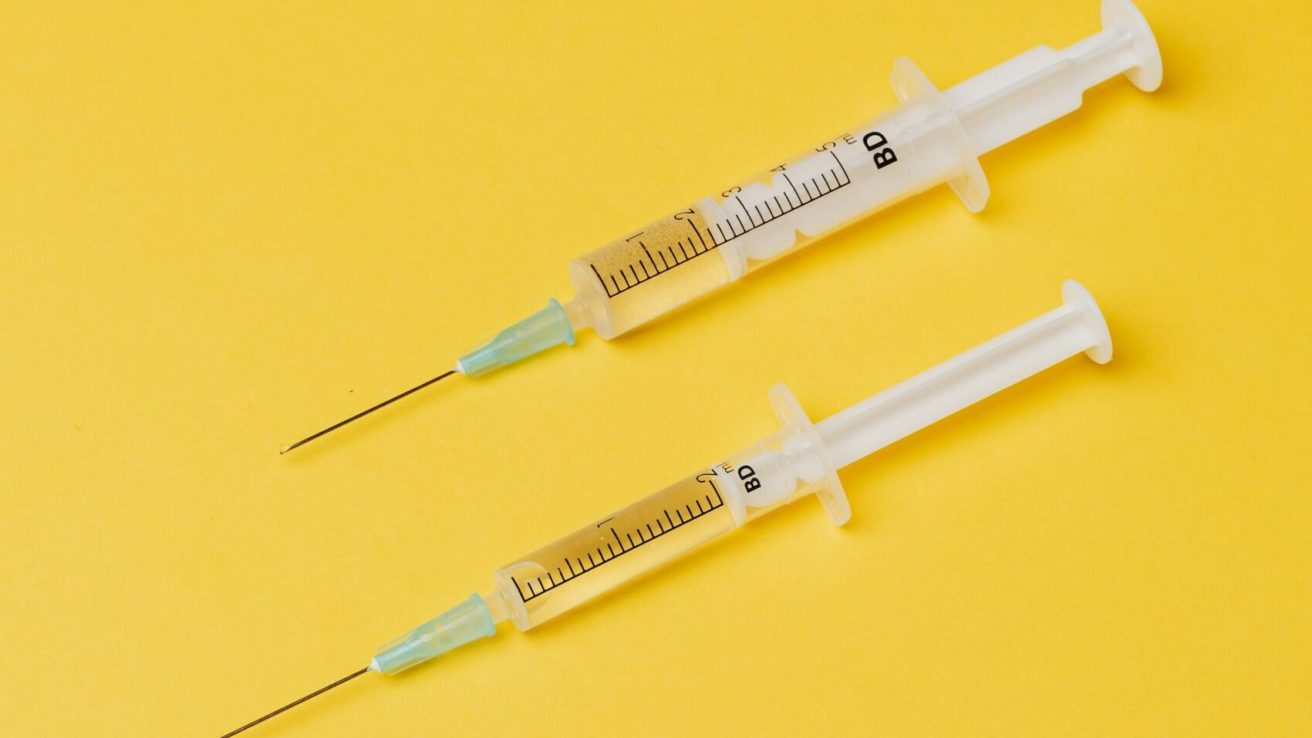Anifrolumab treatment leads to earlier and more frequent attainment of lupus low disease activity state in patients with systemic lupus erythematosus. This suggests the potential for the drug to be incorporated into a treat-to-target approach for managing systemic lupus erythematosus patients.
- Anifrolumab increases lupus low disease activity state attainment in patients with systemic lupus erythematosus.
- Lupus low disease activity state attainment is associated with improved patient outcomes.
- The study reveals anifrolumab’s potential utility in a treat-to-target paradigm.
Systemic lupus erythematosus (SLE) is a complex autoimmune disease that can lead to significant morbidity and mortality. Attainment of lupus low disease activity state (LLDAS) is associated with improved patient outcomes. Anifrolumab is a monoclonal antibody that has shown promise in the treatment of moderate to severe SLE. A post hoc analysis of the phase 3 TULIP trials published in the Annals of the Rheumatic Diseases investigated the attainment of LLDAS in anifrolumab-treated patients.
Association of LLDAS With Improved Patient Outcomes
The analysis revealed that LLDAS attainment was highly associated with, but more stringent than, both British Isles Lupus Assessment Group-based Composite Lupus Assessment (BICLA) and SLE Responder Index-4 (SRI(4)) responder status. LLDAS was also associated with improved patient global assessment scores and health-related quality of life measures, such as physical health and fatigue.
Anifrolumab Treatment Leads to Earlier and More Frequent LLDAS Attainment
Compared to placebo, anifrolumab treatment was associated with earlier and more frequent attainment of LLDAS among SLE patients receiving standard therapy. At week 52, 30.0% of anifrolumab-treated patients and 19.6% of placebo-treated patients were in LLDAS. Anifrolumab was also associated with increased cumulative time in LLDAS and a higher likelihood of sustained LLDAS.
Increased Rates of Remission
The analysis also showed that anifrolumab treatment was associated with higher rates of Definition of Remission in SLE remission at week 52 compared to placebo (15.3% vs 7.6%, respectively). This suggests that remission is an attainable goal with the use of targeted therapies in SLE, further supporting the potential benefits of anifrolumab treatment.
Potential Utility in a Treat-to-Target Approach
The results of this analysis highlight the potential utility of anifrolumab in a treat-to-target approach for the management of patients with moderate to severe SLE. By incorporating anifrolumab into the treatment regimen, clinicians may be able to optimize therapy approaches and improve long-term benefits for SLE patients, including reduced rates of organ damage accrual and improved health-related quality of life.
Source:
Morand, E. F., Abreu, G., Furie, R., Golder, V., & Tummala, R. (2023). Lupus low disease activity state attainment in the phase 3 TULIP trials of anifrolumab in active systemic lupus erythematosus. Annals of the Rheumatic Diseases, annrheumdis-222748. https://doi.org/10.1136/ard-2022-222748










